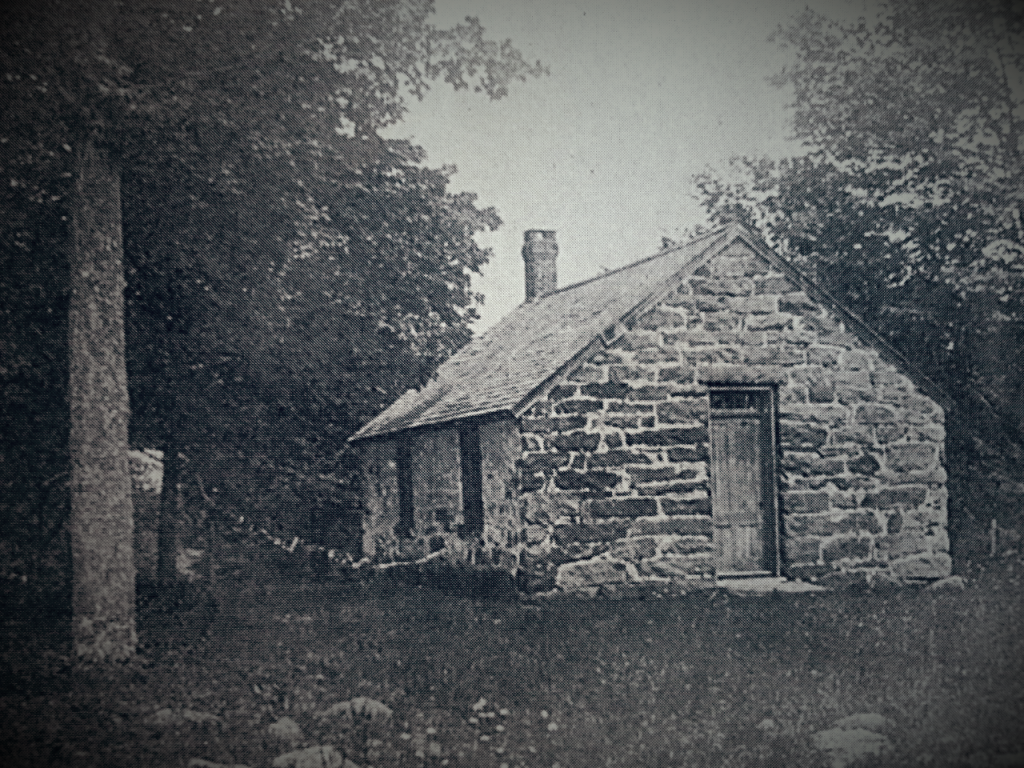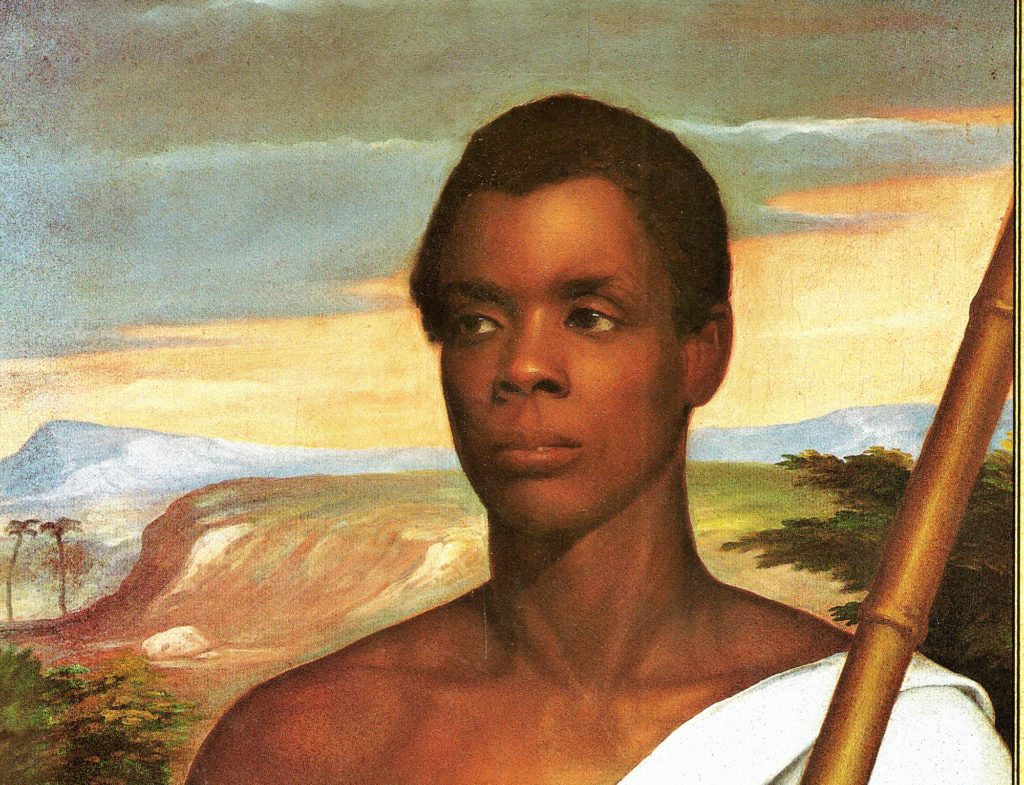Farmington Incorporates

The land was incorporated in 1645 as the town of Farmington by an act of the Connecticut General Assembly. In 1650, a deed was executed confirming the original sale, and it reserved land on the east bank of the river, near “Indian Neck,” for the Tunxis Indians.
The settlers also built their village on the east side of the river, with their houses clustered by the Town Path, now Main Street, and along the path to the sawmill, now Colton Street and Diamond Glen Road. The townspeople and the Tunxis Indians lived together peaceably for the most part, though the northern and southern borders of the village were garrisoned against possible attack from other tribes.
Under an agreement, the settlers ploughed the land and the Indians cut wood for fuel and traded their corn and hides. A page from the account book of Martin Bull lists these trades: 2 hoes for 5 ½ bushels of corn; 1 broad hoe for 1 buckskin; 1 hatchet for 9 lbs of tallow.


